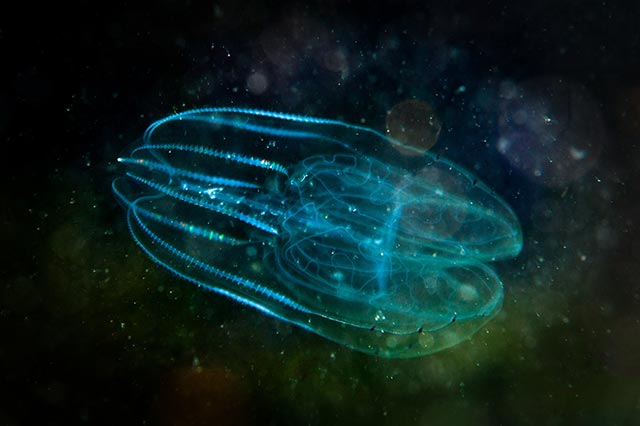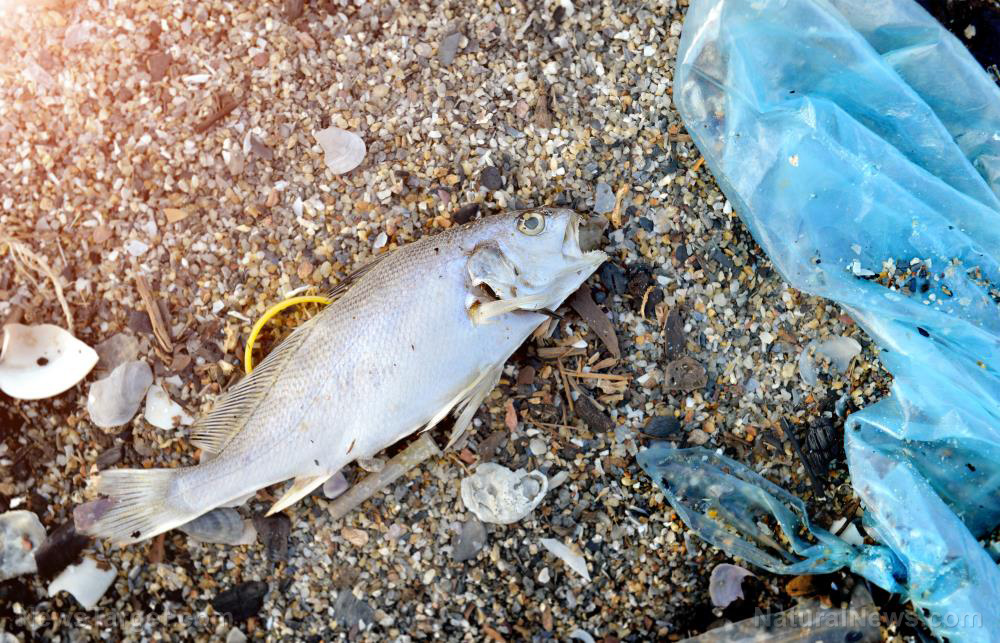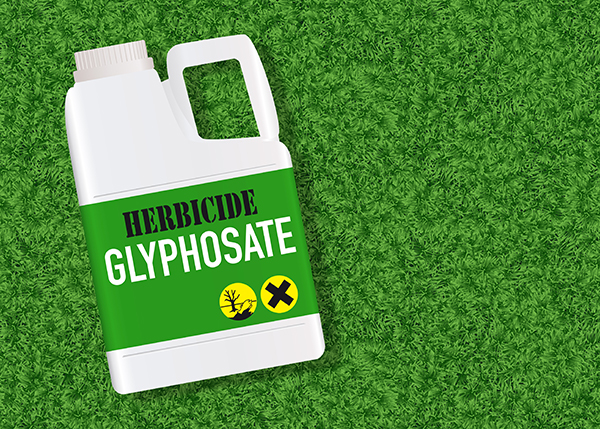
Blue tears are caused by the bloom of tiny, bioluminescent organisms called Noctiluca scintillans, a type of dinoflagellate phytoplankton that can release chemicals in the seawater and harm marine animals. And according to a study published in the journal Geophysical Research Letters, these dinoflagellates are steadily growing.
Toxic blue tears steadily glowing, growing
For the study, the researchers drew from satellite data to track the size of the bloom over time. They analyzed almost 1,000 satellite images from 2000 to 2017 and discovered a signature unique to blue tears -- that is, the wavelengths of light reflected by a particular creature but not others, functioning quite like a fingerprint.
Using the signature, the team found that the bloom of dinoflagellates is expanding farther off-shore and into deeper waters in recent years. While blooms typically appear close to the shore, satellite images revealed that many of them are also located farther out into the sea. The analysis further showed that the bloom typically emerged between April and August for 18 years, which is within the summer period in China.
According to the researchers, the growth of the dinoflagellate bloom poses a major threat to marine animal health. Blue tears can poison life forms in the sea, as well as make human beings sick. Dinoflagellates are not toxic themselves, but when they start eating their food of choice -- toxic algae -- they release ammonia and other chemicals that poison the water around them. Furthermore, they take up oxygen until there's none left in the surrounding waters.
"The oxygen in the water is so low that many animals can die," said co-author Chanmin Hu, an oceanographer at the University of South Florida.
The cause of blue tears is undetermined, although the authors believe that a major factor in the dinoflagellate bloom is the fertilizer runoff that comes from the Yangtze River. The river carries fertilizer waste and opens up to the East China Sea, providing the organisms doses of the nutrients that they need to thrive. (Related: China faces worst flood in decades as Yangtze water levels reach record highs.)
The team added that blue tears were also smaller during the construction of the Three Gorges Dam from 2000 to 2003. During this period, the water flowing from the Yangtze river substantially decreased. When the dam was completed, and the Yangtze river was flowing strongly again, the dinoflagellate bloom grew once again.
The bloom shows no sign of slowing down anytime soon, said the researchers. It will continue to illuminate the waters, just as it continues to harm marine life.
Risks of red tide, a harmful algal bloom
A close relative of blue tears is red tide -- a term used to refer to a harmful algal bloom that occurs when colonies of algae grow out of control. These colonies produce toxins that poison fish, shellfish, marine mammals, birds and humans. And as its name suggests, red tide colors the water red, as well as brown and green.
Furthermore, a certain species of algae can also cause respiratory problems when they get washed ashore, and a toxin called brevetoxin is aerosolized. When that happens, the toxin is easily blown to the beach and inhaled by humans in the area, manifesting as an asthma-like breathing difficulty.
However, not all harmful species of algae are toxic -- a percentage of them can be destructive in other ways. For example, when these non-toxic species die, oxygen levels in the waters drop due to the decomposition process. As a result, marine animals are forced to leave the area or die.
One of the major causes of red tides is chemical runoff from farms, factories and sewage treatment plants.
Pollution.news has more on the health risks of algal blooms.
Sources include:
Please contact us for more information.























